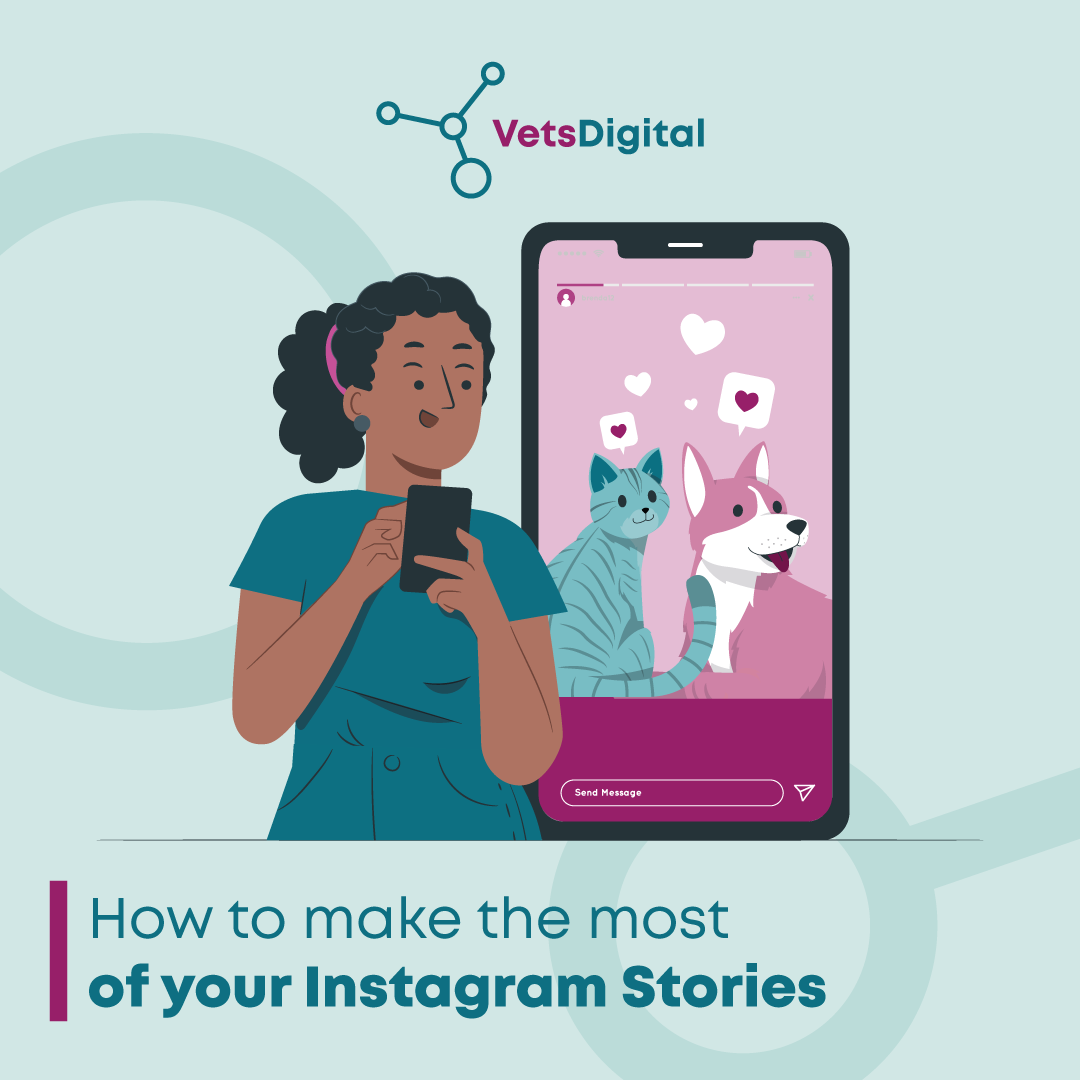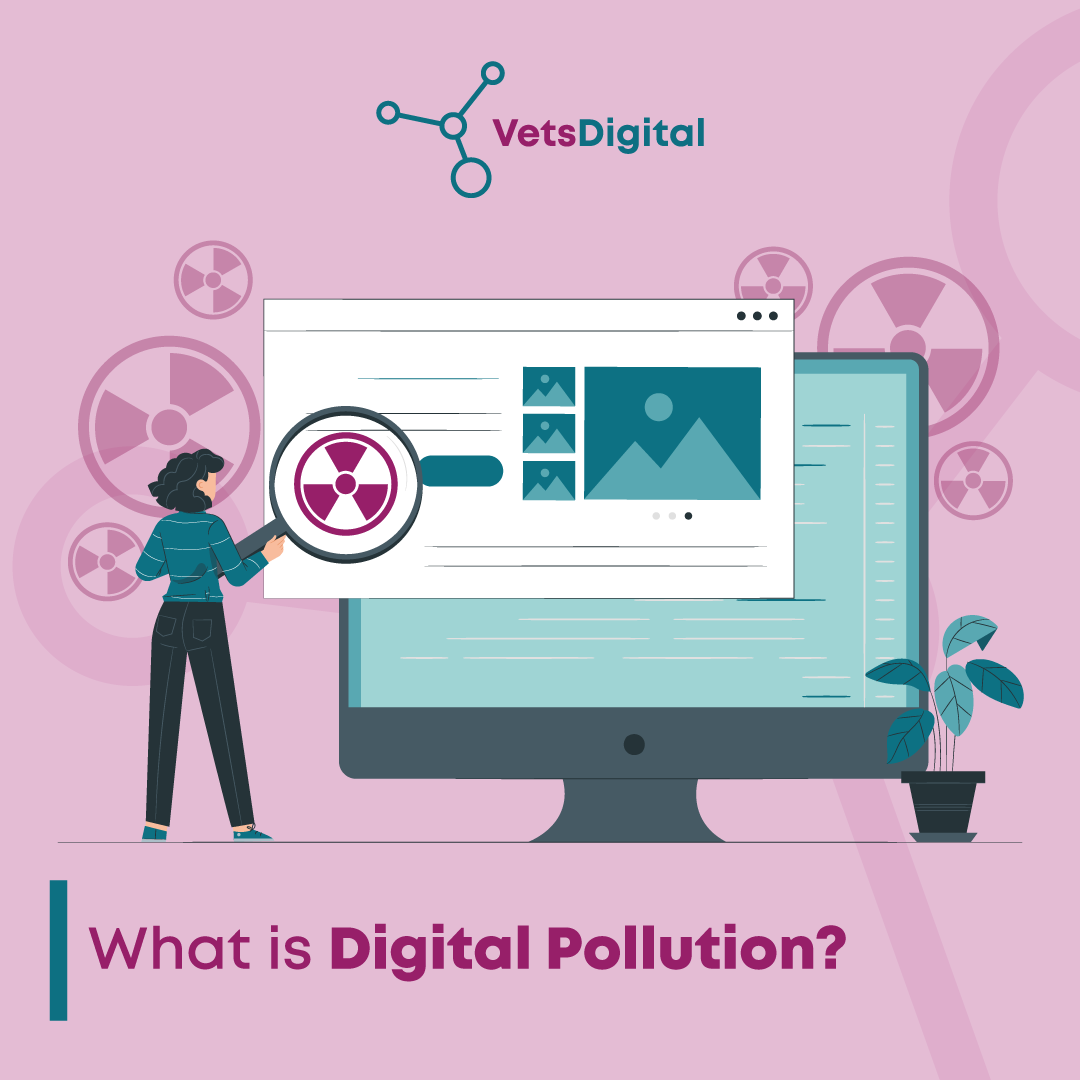Technology,
Is going paperless the answer to how veterinary practices can improve their workflow efficiency?
Peter Renwick is a co-founder and Director of Plexi, A Cloud based scheduling, workflow and communications software for veterinary practices.
In this blog he tells how your practice can become paperless or ‘paper-light’ and the huge advantages of doing so!

As a former practising veterinary surgeon, I know all too well the challenges that come with running a busy veterinary practice. With a constant stream of patients and a myriad of administrative tasks to juggle, it’s all too easy to lose sight of the reason why we got into veterinary medicine in the first place – providing the best care for our patients and optimising their outcomes.
One of the biggest issues I had in practice was with the sheer volume of paper that was used, whether for owner consent, patient hospitalisation records, anaesthetic sheets, feeding charts, theatre checklists etc. The list seemed endless! And all those paper records seemed to disappear whenever you needed them, resulting in frustrating and time-consuming ‘hunt the smudged and sometimes illegible paper-trail’ expeditions.
And then somebody needed to sit down every day (if they had the time) and scan the paper records into a folder somewhere in the practice’s computer file directory, and then import them (hopefully the right way up!) into (again, hopefully) the correct patients’ clinical records in the practice management software (PMS)… what a time-waster!
Going paperless, or even just paper-light, can make a significant difference to your day-to-day workflow in so many positive ways.
For me, it’s all about working smarter, not harder, and the answer to that lies in applying the right software and using it as an opportunity to refine your workflow processes. We shouldn’t fear tech; rather it should be something to be embraced. The host of benefits that technology can bring to a practice will dramatically outweigh any initial potential resistance amongst some members of the practice team to digital transformation.
The following are some of my own recommendations that veterinary practices could consider to help their teams save time, reduce errors, improve billing item capture and improve the overall quality of patient and client care.
Implement digital record keeping across the practice
All practices these days use a PMS but, despite this, most practices still need to use reams of paper records and whiteboards. One of the most effective ways to streamline workflows in a veterinary practice is to switch to fully electronic patient medical records, forms and checklists. Going digital with these records provides significant advantages over paper, including easy, collaborative access to patient information, the ability to track a patient’s full medical history with an inbuilt audit trail, the capture of otherwise missed billing, and reduced risk of errors due to illegible handwriting or miscalculations.
By using a cloud-based record-keeping system, veterinary practices can access and edit patient records from anywhere with an internet connection. This can be particularly useful for practices with multiple locations, or practices who are embracing flexible working and may need to access records remotely.
Streamline appointment scheduling
How many of your clients now expect to be able to book appointments at a time that suits them, without having to ring up your practice? Incorporating an online appointment booking system is another great way to enhance practice efficiency and reduce wait times for clients. In addition, an automated reminder system can help reduce the risk of missed appointments and no-shows.
Ditch the dry-wipe pens and switch to digital whiteboards
Drawing up the whiteboards each morning, only to have to erase them at the end of the day? Let’s be honest, it’s a tedious activity that just takes up so much time, and any information the whiteboard held is lost at the end of the day. That’s why digital whiteboards are brilliant. From the moment your patient is admitted, everyone in the practice can see exactly what’s happening at all times with regard to patients, procedures, anaesthesia, resource allocation and everyday tasks. It also makes for much swifter, focused handovers! You can even copy over patient hospitalisation treatment sheet tasks to the following day – no more drawing everything up from scratch!
Apply digital treatment templates to your patients
Digital treatment-plan templates are a brilliant way of applying tasks for commonly seen cases faster and more accurately, whilst being flexible enough to adapt to the needs of the patient and the clinician. Your practice will have preferred protocols for certain cases, such as what antibiotics to use and what the standard workup for a case might be. But even if you have new or locum staff who aren’t familiar with how you do things, it’s no problem – by automatically adding personalised templates to a patient record for dealing with certain procedures or case presentations, everyone starts out on the same page and no-one misses anything.
Another great feature of digital treatment plans is that every chargeable item you schedule or do for a patient is automatically put into a billing list in the workflow software. No more hunting for paper records or whiteboard entries to see what has been done for a patient that needs to be added to the invoice in the PMS. A great time-saver, and no more missed charges!
Go fully digital with your patient treatment sheets and anaesthesia sheets
The best veterinary workflow software offers comprehensive patient hospitalisation treatment sheets and general anaesthesia recording sheets, making accurate and legible recording of these critically important patient activities a breeze.
These digital recording systems have inbuilt drug and fluid calculators which eliminate the need for manual medication calculations. The calculators can be used for medication, premed and induction doses, fluid drip rates, boluses, continuous rate infusions and total intravenous anaesthesia. Not only does this speed up what is often a time-consuming process (how long do you spend calculating dosages every day, when you could be doing something else?!), but it also minimises the risk of human error and reduces the risk of medication errors. It also ensures that your invoice information is both up to date and accurate to the mg or ml.
Have you considered telemedicine?
Virtual appointments are a valuable alternative to face-to-face appointments for initial triage consultations, follow-ups or non-urgent matters such as nutrition. They are also massively beneficial for time-restricted or less mobile clients, allowing you to increase the number of consultations for owners less likely to attend in person. There are some great software applications out there to help you to improve your client communications and assist in keeping your clients bonded to the practice.
Empower your staff to embrace change
Finally, veterinary practices can improve workflow efficiencies by encouraging their team to identify areas where workflows can be improved, then provide the tools and training to implement these changes. By empowering staff to make positive changes, veterinary practices can create a culture of continuous improvement and provide the best possible care to their patients, improving patient outcomes and lifting team morale.
So let’s start working smarter, not harder. It’s no secret that applying the right veterinary software can transform the efficiency of your practice, leading to a happier team, more organised record keeping and treatment systems, improved revenue and enhance patient outcomes. Even small changes can have a big impact on the success of a veterinary practice. And take it from me, if these solutions had been available when I was in practice, everything would have felt much more manageable!
To find out how Plexi could help your practice and request a demo, just click below






